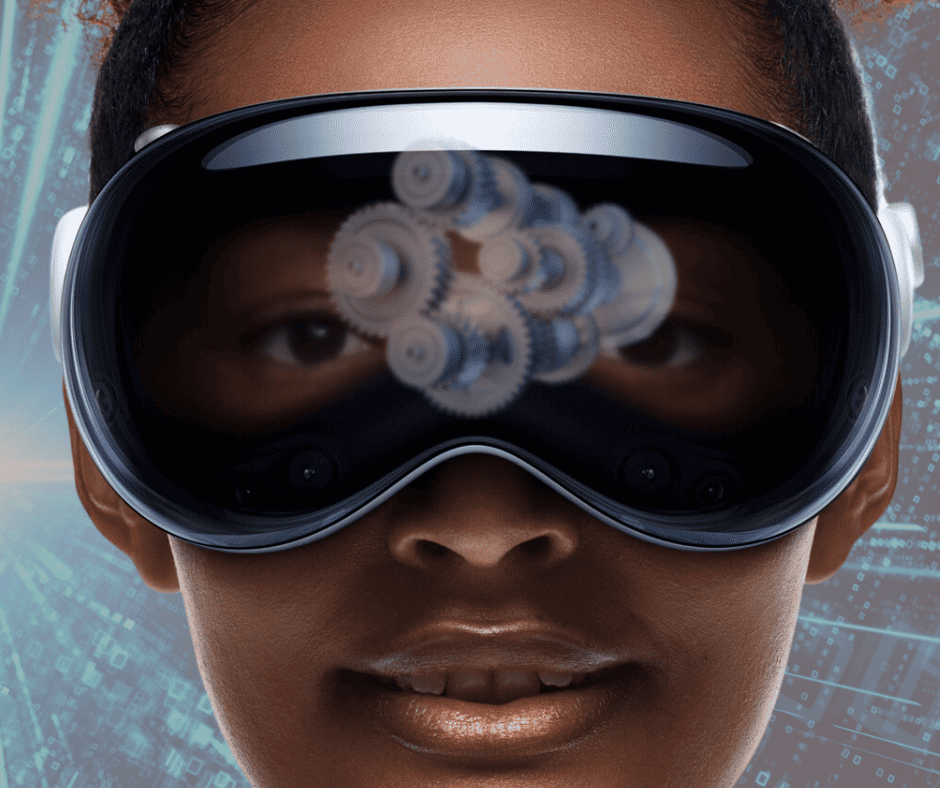How Virtual Reality Will Reshape Learning

Imagine stepping into the heart of ancient Rome, dissecting a virtual human body with precision, or diving deep into the molecular structure of water—all from the comfort of your home.
Welcome to the future of education, where virtual reality isn’t just an idea; it’s the next frontier in immersive learning.
Virtual Reality in education opens up a world where boundaries blur between the physical and digital, making learning an adventure that transcends traditional textbooks. It’s not just about reading history; it’s about experiencing it. It’s not merely understanding science; it’s about being part of the experiment.
From history to biology, VR can transport students across time and space, offering hands-on experiences that were once beyond imagination.
Imagine learning about marine biology by exploring the Great Barrier Reef or understanding astronomy by walking on the moon. The possibilities are as limitless as the universe itself.
But VR’s potential doesn’t stop at revolutionizing how we learn; it’s about reshaping why we learn. It fosters a deeper connection to knowledge, transforming learners from passive recipients to active participants in their education. It challenges educators and learners alike to rethink the canvas of education, making every lesson an opportunity to explore, interact, and understand the world in ways never before possible.
As we stand on the brink of this educational evolution, we’re not just looking at a new way to learn.
We’re envisioning a future where education is a journey of discovery, accessible to everyone, everywhere.
How do you see virtual reality changing the way we learn and teach?
The future is closer than you think.